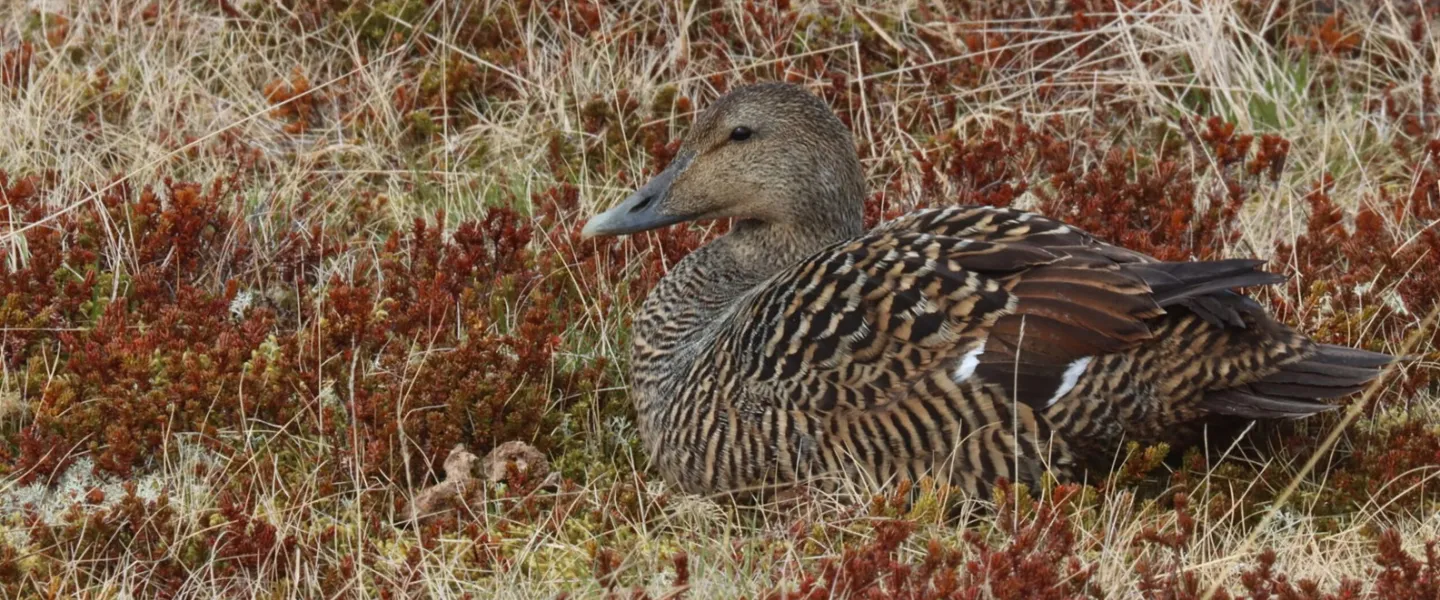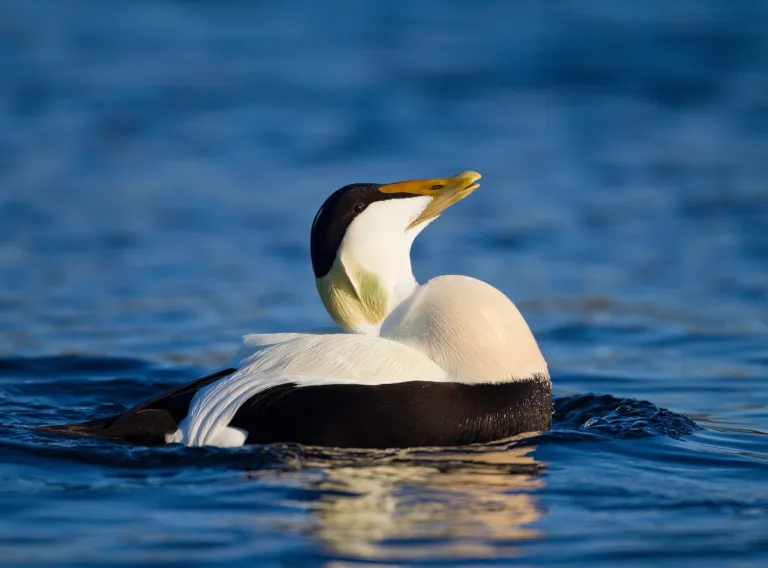
"Anyone who wants to introduce an invasive species to Iceland should read this article to see for themselves what a terrible mistake it was to introduce mink. It was an absolute travesty that the warnings of the Chief Veterinary Officer, the ornithologist Finnur Guðmundsson, and many others were ignored."
So says Jón Einar Jónsson, research scientist and director of the UI Research Centre in Snæfellsnes. The article he refers to is a paper he recently published with his colleagues about changes to the ecosystems of islands in Breiðafjörður fjord after the arrival of the mink.
In particular, the team researched the breeding success of the common eider (Somateria mollissima), which has been an important species for Breiðafjörður farmers for centuries. The article was published in the respected journal Ecology Letters.
The research was based on data going back more than half a century. Long-term datasets spanning decades are invaluable for research into ecological changes, for example evaluating the impact of climate change, or in this case the impact of a predator on eider duck breeding success.
"We read very old newspaper interviews with the farmers in the area, who described the consequences they had observed. We also looked at diaries, people's memories of stories and dates, and other sources of information about how these changes occurred. It's a unique approach to build a study like this on these kinds of sources," says Jón Einar.
Some nesting grounds completely wiped out
The article describes changes to the eider nesting site in Brokey in Breiðafjörður, one of the best known nesting sites of the past 122 years. It documents the harmful impact of the arrival of the mink; the number of nests decreased significantly and there were also changes to the distribution of the birds that remained.
"We also looked at another nesting site on Purkey, just four kilometres north-west of Brokey, where the terrain is different. That example shows us how important it is for the birds to have refuge from predators. Predators find it hard to reach certain islands, like the southernmost islands of Purkey, due to the distance from the mainland and other islands and the tidal currents."
Jón Einar explains that the research also shows long-term changes, with populations on certain islands remaining strong and successful for a decade or two, but then being wiped out.
"There could be so many causes that we don't have data about, for example the link with the nesting success of gulls, which are predated by both Arctic foxes and mink. When the gulls disappear, the protection against ravens and eagles is also gone. Eider ducks will sometimes nest close to gulls, although they are also predators who will take both eggs and chicks. People here in Breiðafjörður have seen these things and have told us about them."
Jón Einar explains that Arctic foxes tend to be concentrated on the larger islands, so the classic adaptive response of the eider duck is to nest on smaller islands as far from the mainland as possible.
"But this is no barrier to the mink, which is an excellent swimmer."
There seems to be little defence against the mink, which is evident in the dramatic changes to the eider duck's breeding success.



